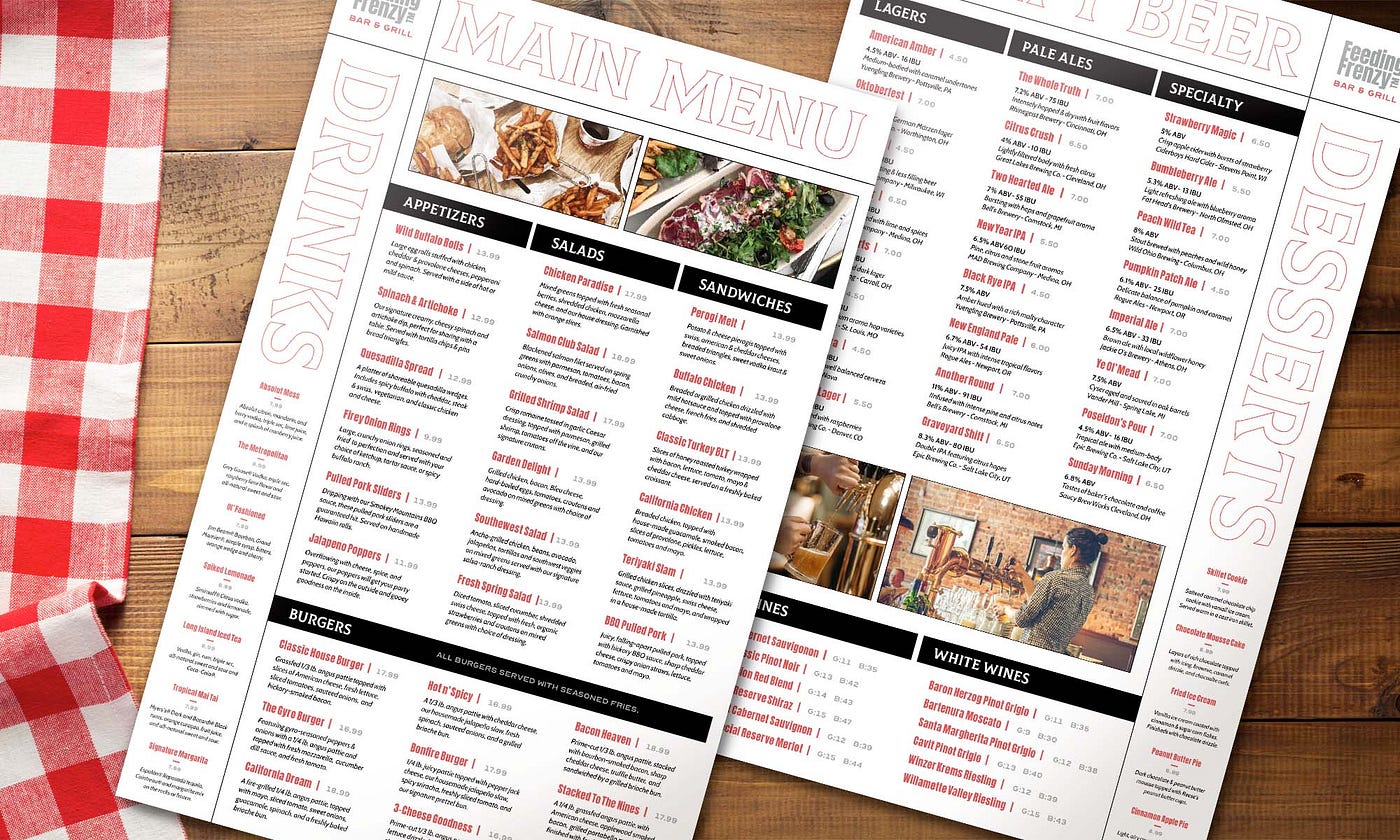Why is your brand alignment important?
If you’ve owned your company for any length of time, you’ve heard how important it is to have a brand. A brand is what we think of when we’re looking at 15 different options for mac’n’cheese at Walmart. It’s deciding between an Adidas pair of running shoes or an “off-brand” pair. A brand, boiled down to the basics, is an intangible entity. It’s the feeling or promise the public associates with a company. Adidas has promised quality to the public, so you’re going to be willing to spend more money on their products over an unproven off-brand pair. The bright blue and yellow Kraft boxes make you think of the creamiest mac’n’cheese you’ve ever tasted. That’s why you’ll reach for that over a dozen other options.
If you’re not a large company like Adidas or Kraft, you might agree to some of these statements:
- You’re not sure if the public associates the right feelings or promises with your company.
- You want your company/product to be the go-to option in your industry, but you’re still considered the “off-brand” option.
- You’re neck-and-neck with your competitors, and you’re not sure how to pull ahead.
- You feel stuck in the “small fish, big pond” mentality.
Nodding your head to any of these statements means you haven’t harnessed the power of branding.
Most small companies ignore good branding practices because they don’t feel like it will reap any rewards.
Having a good, controlled brand can rectify all of the above statements.
For this article, we’re really going to hone in that first statement. Many small businesses know what they WANT their brand to be, but there’s a disconnect between their desire and their reality. We’re going to start with the assumption you have a desired brand. And then we’re going to look at 3 ways you can start to align the public’s perception with it.
1. Your visual identity will make people trust you or be wary of you.
The first way you can adjust people’s perception is through your visual identity. This hinges on the fact that every human makes judgements based on appearance. Although we aren’t supposed to judge a book by it’s cover, we constantly judge a company by its logo. And even if you have a good logo, you’ll be stalling brand recognition if you don’t have a visual identity.
FOR INSPIRATION: SEE THESE BEST FOOTBALL VISUALS
A visual identity is all about consistency. McDonald’s always uses the exact same red and yellow, the same fonts, the same photographic styling. That’s not a mistake, that’s brand controlling in action. Most off-brand colas are a dark liquid in a bottle with a red wrap and white lettering. They’re all trying to look like Coke because Coke has excellent brand recognition through its visual identity.
Consumers make connections with strong visuals.
So how do you align your brand position through your visual identity? Let’s say you own a restaurant in a busy city. You want to be perceived as top-tier dining, but your menus were put together by your 17-year-old niece in Word. She snapped pictures of a few dishes with her phone and squeezed them into the menu. In order to spruce it up, she included some ClipArt of people sitting at a table.
This parallels the menus of most Mom & Pop diners. It’s not a bad thing to produce menus on a budget, but if you want people to think you’re high-end, that’s not going to cut it. High-end restaurants have certain standards in their appearance, so your graphics need to match that. Most top-tier restaurants have certain color palettes that make them look luxury. If your restaurant is oversaturated in pink, gold, and baby blue, people will associate different feelings with it than the five-star steakhouse down the road.

This is one reason companies hire agencies to develop a visual identity for them. It takes extensive work to determine a desired brand position and then develop graphics that will reinforce that position in the public’s eye. If you think your business can’t benefit from an intentional identity, you’re missing out on taking control of your brand.
2. The words you say effect the emotions of your audience.
The second way to control your brand is through tone of voice. If the visual identity is how a company looks, the tone is how they talk. You’ll hire a designer to nail down the identity, and a copywriter to establish the tone.
Let’s look back to our restaurant example. You’re not going to sound high-end if the ads you put out use trendy language like “Try out our new spicy Thai basil chicken, it’s lit!” That would work if you’re in a college town and are trying to appeal to a young demographic. But for people who are going to spend a lot of money for a fine dining experience, you want a tone of voice that they’ll respond to.
Your company’s tone of voice will be heard in your traditional advertising, your social media presence, the copy on your website, the emails you send out, your customer service, etc. If you’re not gifted with crafting words, bringing on a copywriter will help you align your company’s tone of voice to your desired brand.
3. Your interactions with your audience makes them love you or hate you.
The third way to control your brand is through engagement. The visual identity is how a company looks, the tone is how they talk, the engagement is how they act.
Even if you sound just like you want, your interaction with the public will also determine how they feel about your company. If you are a financial adviser, but all your customer interactions are unprofessional, people aren’t going to trust you, which is vital for any business related to finances. Customer service is the foundation for strong, positive engagement. How your customers feel after interacting with you will determine what feelings they associate with your company.

Any sized business can have excellent engagement without hiring an outside source. But as a company grows, you have more engagements to manage. The public relations department is the captain for controlling the public perception. When you see big companies have a bad PR moment, they scramble to right the ship because bad engagement can be detrimental to a company and it’s brand.
So why is all of this important?
Your desired brand doesn’t have to be wishful thinking. The key to brand alignment is identifying what you want people to feel about your company, and then being mindful of that in every aspect of your business. These three areas are great places to focus on and ensure that they’re working for your brand instead of against it. If you’re ready to elevate your small business out of the small pond, then give your brand alignment the attention it needs and prepare it for success!
